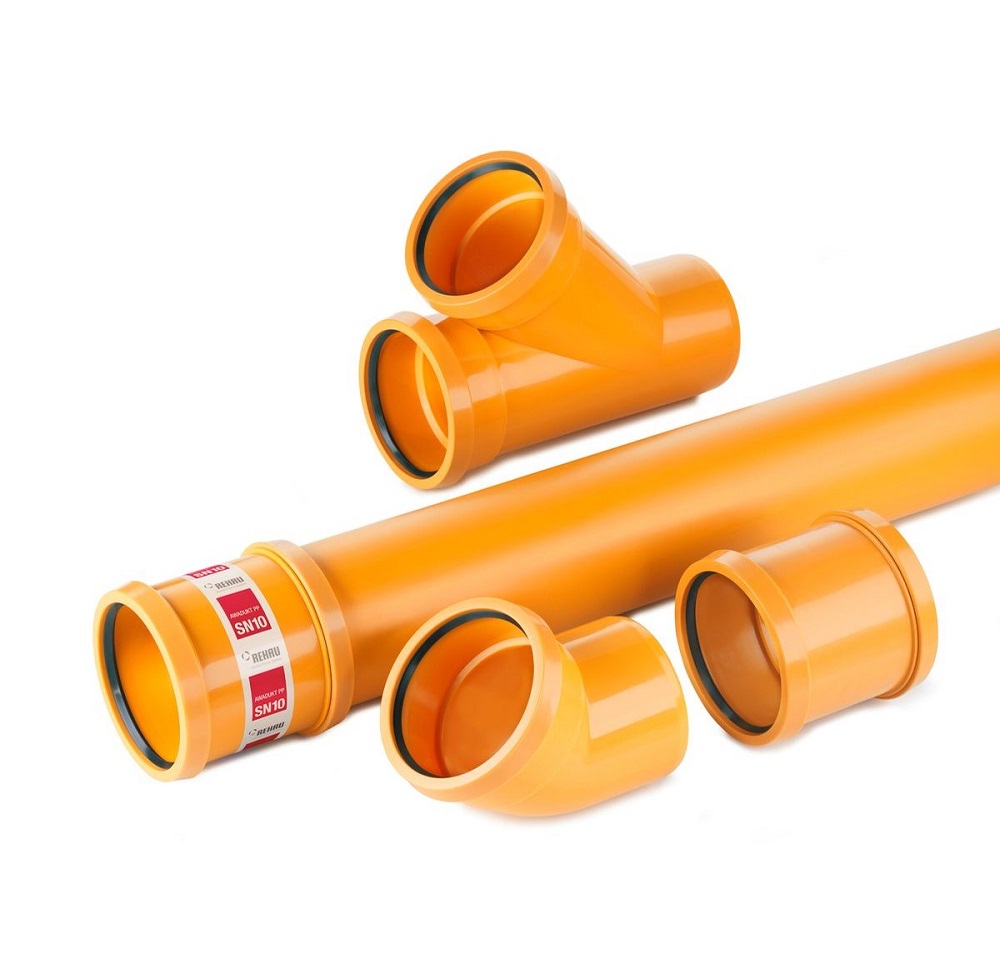Building a sustainable future
In the UK, it’s estimated that energy from fossil fuels consumed in the construction and operation of buildings accounts for approximately half of the UK’s emissions of carbon dioxide. In addition to pledges to cut carbon, we are facing a future where the price and availability of those fuels is uncertain. At the same time, we are confronting a skills economy which is being fed by graduates who are not being trained in the specific skills in sustainable building design which will help to address this problem.
The UK has been the envy of the world in engineering, and in some cases this has encompassed novel approaches to building design which put energy efficiency, crucial to CO2 reduction and future affordability, at the forefront. However, in recent times, our crown has been well and truly stolen by countries like Germany, which have put a huge amount of effort behind initiatives such as Passivhaus, which if not mainstream, is very much seen as a far from esoteric and much more commonplace solution.
“It’s essential that education establishments, particularly schools of architecture, really nail down the specific aspects that make buildings work more efficiently, from a fabric first perspective”
A quick review of the standalone sustainable design degree courses currently available produces a mixed bag that ranges from the useful to the fluffy, which mirrors the nature of the discussion on sustainability itself. They run the gamut from sustainability as a matter of context, to the design of sustainable fashion items. However, in architecture, it’s important to cut through the undergrowth and acknowledge there are key and pressing aspects that are glaringly obvious, such as thermal efficiency, which merit more specific training. Architecture can be regarded as the engineering of buildings, and the goal is upskilling the next generation of building engineers to make those buildings not only aesthetically pleasant and practical, but able to perform in a fossil fuel-compromised world.
Combating greenwash
We have a burgeoning number of graduates across the education spectrum, including trainee architects, who will be entering professional life for coming decades with fairly amorphous sustainability qualifications. This is a big concern which is both a symptom and cause of sustainability not being taken seriously enough in the UK, partly due to the vagaries of how its meaning is interpreted.
I recognise that by its very nature sustainability can often be seen as an overarching subject, but I think it’s essential that education establishments, particularly schools of architecture, really nail down the specific aspects that make buildings work more efficiently, from a fabric first perspective. This might pre-emptively address what could turn out to be a yawning skills gap, although addressing the demand side is another question.
Part 1 and Part 2 architecture training tends to cover the various relevant subjects architects need to master as a diverse range of separate modules and most courses have some form of explicit ‘environmental design’ module. However, I wonder if we could go a bit further and explore more specific additional training for sustainable design and engineering in buildings which would enable Britain to really show some leadership in this area.
This might equally be used as a refresher for set-in-their-ways architects, as much as newly fledged graduates ready to learn current thinking on fabric efficiency. I accept that such courses may well already be available, but they are certainly not well advertised enough if so. They would allow professionals to have a qualification enabling them to specialise in this area, and would better protect buildings against an uncertain future where energy prices could at best be unstable and potentially be a lot higher.
In exploring this idea I would advise against getting side-tracked into renewables, as this is something of a red herring as you are looking at an asset which needs servicing. It deserves restating that if you focus on getting the building fabric right, you can enable savings throughout the whole live of a building, making it economically sustainable.
Developing truly practical design-orientated sustainability qualifications, as an adjunct to architectural training, might face a couple of difficult obstacles. Firstly, that architectural training is currently very long, typically running to seven years, with no guarantees of work at the end, so something will have to give to allow it to happen. However, a more practical sustainability qualification could usefully replace the existing ‘environmental’ modules perhaps in order for this to work. Secondly, there has been some criticism of sustainability as a ‘fetish’ by the architectural establishment in recent times, such as world-renowned architect Frank Gehry, who went as far as calling the US version of BREEAM, namely LEED, “bogus.” Therefore, in light of this, it’s very important to ensure that any petitions to further develop training are as no-nonsense as possible to persuade the doubters.
The bottom line is sustainability is really not fluffy – engineering buildings which are resilient to future energy demands is as serious as it gets, but currently the creation of the right professionals to make this happen is not being taken seriously enough. This has to change, and the UK has a prime opportunity to spearhead a new approach to training which helps to reinforce truly sustainable design as an accepted mainstream approach.




















